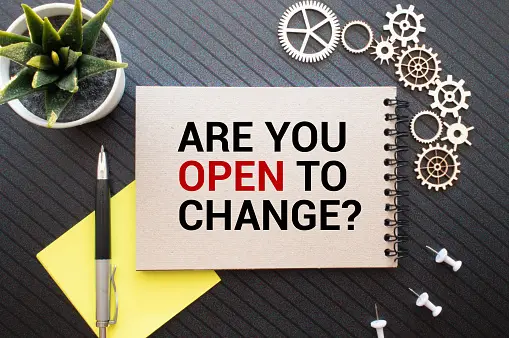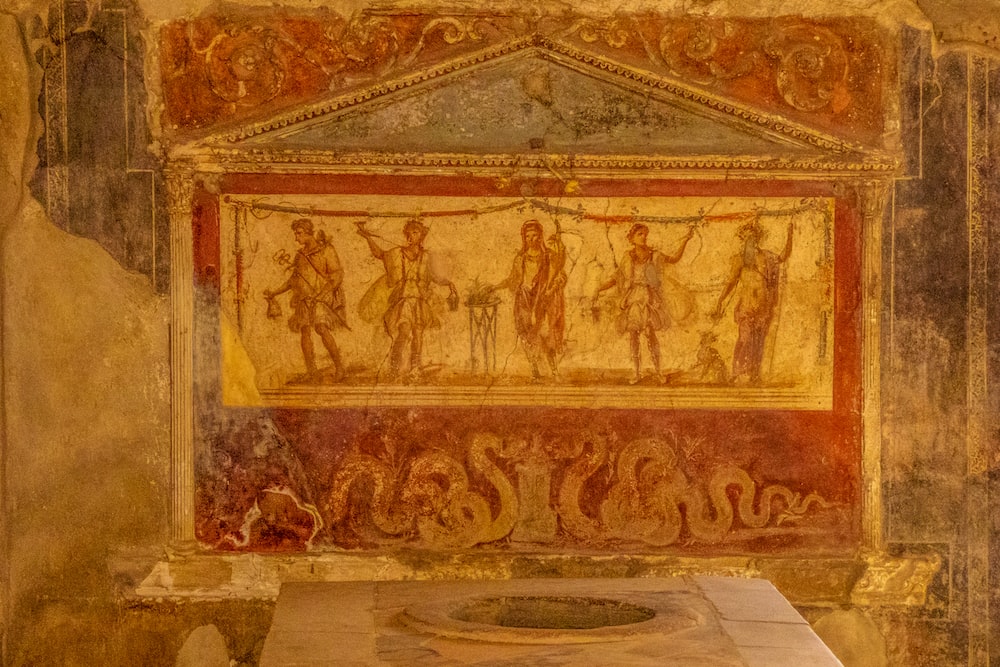

Remember To Approach Development With Care
I was listening to a friend read me a philosophical piece on the Cartesian paradigm. The author delved into empathic design thinking, a cornerstone of any design. To put it simply, the extent a designer, including an architect, understands and empathizes with users will determine the outcome of the design. While listening, I knew the example he would use and the one he would not. He used Steve Jobs’s example of designing the world of the iPhone and iPad, noting that such features have helped us with a tool in our hands more powerful than the computing power of a Space Shuttle.
Steve Jobs said that the difficulty in ‘designing by committee is that committees often do not have the organic ability to empathize with future users. When you empathize with people in your market, you share their physical, mental, and emotional experiences. The dilemma is that people often don’t know what they want, so as a designer, you are inventing a new and unexplored usage simply by opening oneself to the empathy of future users. To indeed have compassion, or empathy, you must deep dive into the context of human experience.
The example the author did not use, which also came to my mind, was the architecture of African architecture, like the Great Mosque of Djenné, Mali, from the 13th Century. The walls of the building are decorated with bundles of Rodier palm sticks, called toron, that project about 2 ft (60 cm) from the surface. The toron also serves as ready-made scaffolding for the annual repairs of the structure. Here, the designers had empathy for the future mason repairers by building in the accessible repair features. Genius! We see many such emphatic designs in Egypt’s pyramids, Mexico, Belize, and Guatemala. In May 2022, I saw the pyramid and old structures of Chichen Itza in the Yucatan Peninsula, Mexico. Please read my earlier post about this vacation. In 2010, I climbed smaller but similar pyramids in the jungle of Belize.

Empathic designs naturally happen over time as people adapt to their environment and are impacted by poor, less empathic techniques. I recall there were approximately 20 years in Antigua when we had very few hurricanes greater than category one. To cut costs and reap higher profits, contractors ignored building standards. They started including materials like drywall in their construction of houses and buildings, even on outer walls. They omitted break joints on roof overhangs and extended overhangs much more than 3 feet (one meter) to create more shade and to keep the houses cool and stylish. Corner-roof-clamps became unnecessary. Builders replaced large screws with rubber washers with wide head-capped nails that fasten galvanize to the roof rafters. The savings led to larger houses, mansions sometimes with rooms unseen by their inhabitants for months.
Then, hurricane Luis, a category four storm, paid a visit in 1995 and hung around for three days in the entire Caribbean. Like that of my grandmother and older neighbors, the old houses emerged from the storm with some minor paint stripping from the 130 to 156 miles an hour wind. The hurricane utterly destroyed many new homes. It did not help that there were several other hurricanes that year and many others followed the next couple of years. Builders returned to old tried and tested building standards that were emphatic with users who did not want to lose their investment. They understood the context of living in a hurricane zone and the need to adapt.

We also see this need to understand the context of empathy in leadership. Understanding context is what is called servant-style leadership. I have had a few of those types of bosses, and I have had some who did not understand or care about their work context. They seem blinded by their insecurity-induced self-image and lack empathy for the people they should be serving. As I always tell my team, you learn from a good and bad boss. It’s just that you understand what not to do with a bad one. I wrote another post on how to be a great boss that everyone who wants to be a good leader should read. I have been lucky to have had more than one good boss. In all cases, once they are alive—one of my favorite bosses, Ambassador George Bullen, passed away around 2010—I still look them up, and we are still friends. Their formula was simple:
- Put away their insecurities.
- Empathize with their staff, work environment, and the task.
- Show respect and support.

The final point that comes to mind when I compare the empathic design of the iPhone with that of African architecture, or, in general, indigenous structures, is the impact conquering has on destroying ancient ingenuity. Since war, conquering, and colonialism are anti-empathic, they ruin or disrupt the flow of empathic innovations that adapt to their context over the long run. I recall visiting the Taj Mahal in Agra, India, and hearing how the architects built the tomb. It was always cool in the interior because it had an outer wall and an inner chamber where the air circulated before entering. However, when the British colonized India, they installed glass in the breath holes believing the builders to be primitive because they did not have glass windows. The result was the chamber where people visited became sweltering, often causing people to faint from the heat. Indians, who empathized with each other, and understood instinctively that the glass windows were the problem, broke many of them to allow air to circulate into the structure.
It’s hurricane season and fast approaching the main months, September to November. To prepare yourself and your family to stay safe, read my post on how to stay safe during a hurricane.
